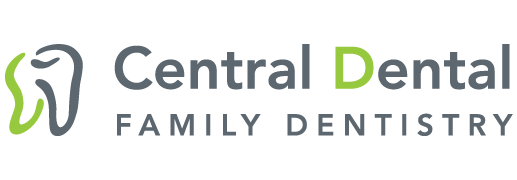

Emergency Dental Services in Minneapolis
Toothaches
Toothaches might be caused by a number of things. Sometimes, a toothache can be caused by sugary food or drinks or by a piece of debris lodged in between two teeth. Such simple toothaches can be relieved by rinsing the mouth to clear it of debris and other matter. Other toothaches are caused by more serious conditions, such as abscessed/infected, broken, fractured, or displaced teeth.
Broken, Fractured, or Displaced Tooth
A broken, fractured or displaced tooth is usually not a cause for alarm, as long as decisive, quick action is taken. You should go to the dentist as soon as possible, or, if you have other injuries or a lot of pain, to the emergency room.
If the tooth has been knocked out, try to place the tooth back in its socket while waiting to see your dentist.
First, rinse the mouth of any blood or other debris and place a cold cloth or compress on the cheek near the injury. This will keep the swelling down. Then place the tooth in its socket.
If you cannot put the tooth back in its socket, hold the dislocated tooth by the crown – not the root. Next, place it in a container of warm milk, saline or the patient’s own saliva and keep it in the solution until you arrive at the emergency room or dentist’s office.
For a broken tooth, try to locate the broken piece(s) and wrap it in a wet cloth and bring it to the dentist or emergency room. It might be possible to reattach the piece.
For a fractured tooth, it is best to rinse with warm water and again, apply a cold pack or compress. Ibuprofen may be used to help keep down the swelling.
If the tooth fracture is minor, the tooth can be sanded or if necessary, restored by the dentist if the pulp is not severely damaged.
If a child’s primary tooth has been loosened by an injury or an emerging permanent tooth, the best course of action is to remove the loose tooth as soon as possible. For example, try getting the child to gently bite down on an apple or piece of caramel to separate the tooth from the gum.
Abscessed Tooth
What is an abscessed tooth?
When a tooth persistently throbs and keeps you up at night with pain, it could be infected. An abscessed tooth is an infection within a tooth that has spread to the root tip or around the root. This infection can originates from the inside (pulp chamber) of the tooth, or from the gum tissue surrounding the tooth. As the bacteria multiply, the infection usually spreads from the pulp chamber and exits through the bottom of the root into the bone. The abscess is a collection of pus that is made up of dead white blood cells, tissue debris, and bacteria.
A tooth abscess differs from a gum abscess by the source of the original infection. The tooth abscess (or “periapical abscess”) originates from the pulp of the tooth and exits out the tooth’s apex at the bottom of the root. A gum abscess (or “periodontal abscess”) starts in a gum pocket outside of the tooth next to the root. Treatment will depend on where the infection originates.
What causes an abscessed tooth?
There are many causes for a tooth abscess. A very common cause is when a dental cavity (decay) becomes so large and deep that it reaches the pulp chamber. Other causes for a tooth to become necrotic and abscess are a blow to a tooth, dental treatment such as a crown or a filling that gets too close to the pulp chamber, or trauma to a tooth from grinding or clenching.
Any tooth can develop an abscess, but third molars (wisdom teeth) are particularly prone to having a dental abscess because they are difficult to keep clean and can develop decay that can go unnoticed. Wisdom teeth are often removed to avoid this type of complication.

